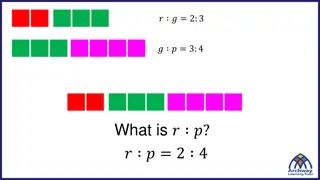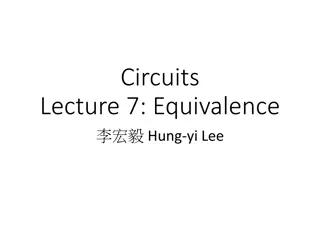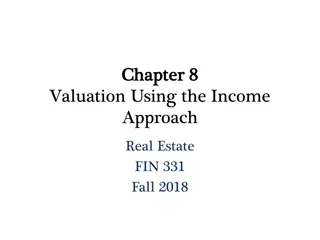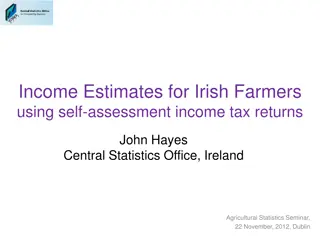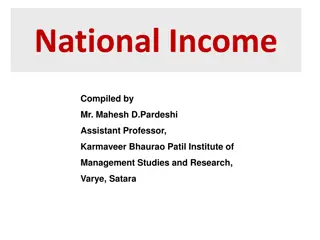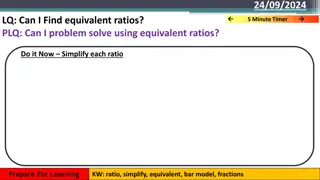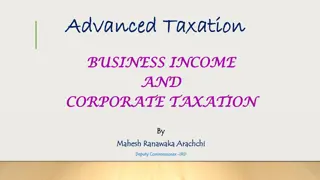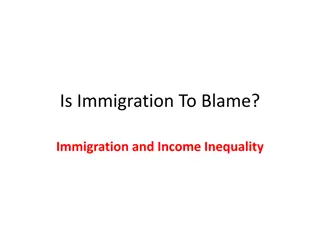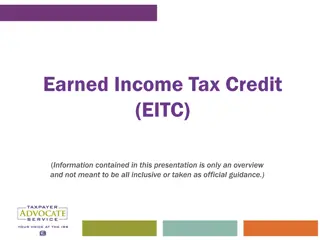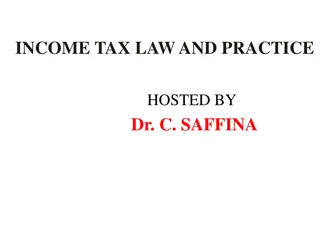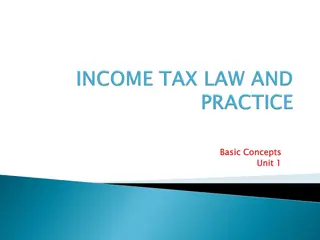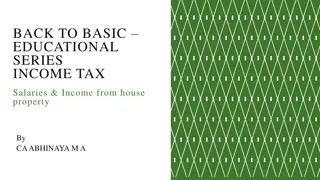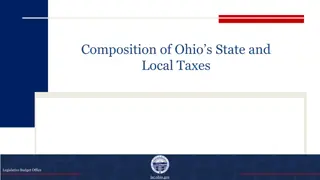Understanding Equivalent Income and Interpersonal Comparisons in Economics
Explore the concept of Equivalent Income (EI) and its relevance in economic evaluations, including comparisons to other approaches, philosophical considerations, and the extension to lifetime wealth. Learn about the challenges and considerations involved in comparing individuals based on income and preferences.
Download Presentation

Please find below an Image/Link to download the presentation.
The content on the website is provided AS IS for your information and personal use only. It may not be sold, licensed, or shared on other websites without obtaining consent from the author. Download presentation by click this link. If you encounter any issues during the download, it is possible that the publisher has removed the file from their server.
E N D
Presentation Transcript
Introduction Equivalent income in a nutshell Comparison to Adler s extended preferences approach Comparison to subjective well-being Comparison to capabilities Beyond the equivalent income
Interpersonal comparisons still contentious in economics Equivalent income (EI) one important approach among others 3 origins: Money-metric utility (Samuelson, Deaton): prices Bergson-Samuelson SWF (indifference curves) Equivalence scales: household types Fair allocation, equivalence approach (Pazner- Schmeidler, Thomson) Focus on philosophical issues and comparison with other approaches
Definition: (I,p,Q) as good for i as (EI,p*,Q*) Can be derived from two principles Sovereignty: EI rises with satisfaction Fairness: When individuals enjoy (p*,Q*), they can be compared in terms of income p*,Q* key parameters Often claimed to be arbitrary In fact, parameters should be welcome Q*: high values implies caring about those who have strong preference for Q p*: are market prices fair or discriminatory? Wine more expensive than beer: using equal p* implies that wine drinkers are less well-off (they drink less)
Extension to lifetime: equivalent wealth Take account of longevity (one of the dimensions of Q)
Simple case (many variations are possible): Every evaluator takes VNM (self-centered) utility function for every individual, and normalize them by setting, e.g., u(survival) = 0, u(poverty line) = 1 Pool the evaluators judgments (unneeded if they all take the same VNM functions and normalizations) Belongs to long tradition (Harsanyi, Mirrlees, Arrow )
First possibility: the VNM function respects the individual s preferences Does not respect the principle that income can be used to compare individuals at p*,Q* (With suggested normalization) Implies that risk- averse individuals are less well-off than less risk- averse individuals when they are all rich, and conversely when poor Important philosophical issue: should we compare individuals by utility functions or by the contents of their lives? (cf. the X-world thought experiment) (Restrict to individuals with identical preferences)
Second possibility: the VNM function follows the evaluator s preferences With pooling, equivalent to Sen s intersection approach Does not satisfy sovereignty But does satisfy dominance, unlike the EI: a life better in all dimensions is preferred Sovereignty and dominance are incompatible Dominance compares contents of life whereas one should compare (life,preferences)
Feelings, emotions: EI too objective (ordinal preferences)? Feelings can be part of Q But focusing on feelings only would be paternalistic (hedonism violates sovereignty of non-hedonists)
Satisfaction with life: Looks much simpler than EI Scaling heterogeneity: not comparable even across people with identical preferences No link with fairness principles for comparisons across people with different preferences BUT: valuable source of information about preferences over I,Q (often unobservable from behavior)
Capabilities = accessible functionings Sen: weights for various functionings should be uniform and decided by ethical debate EI: weights should be personalized (individual ethics, not social ethics) Nussbaum: no weighting, all basic capabilities must be secured (sufficientism)
Capabilities rather than functionings: accommodates freedom and preferences But individuals may not care that much about opportunities With EI, it is possible to let individual preferences decide over weights and opportunities/achievements (Q may include choice process) It appears possible to move the capability approach toward more flexibility about weights and achievements
Advantages of EI: Accommodates diversity of individual preferences Focuses on objects of preferences rather than utilities and satisfaction (avoids the scaling problem) Substantially specified but parameter-flexible Problem I: the fairness principles underlying the EI are not very deep or compelling The only compelling principle is that non- crossing indifference curves signal a clear ranking many measures satisfy this principle
Problem II: EI problematic when objects of preferences belong to different spaces (e.g., different commodities) Problem III: Income is not a fundamental functioning, it may not be a final object of preferences (intrinsic vs. instrumental) One should think of developing an approach that really focuses on the objects of intrinsic preferences (note: fundamental human functionings may solve problem II)





